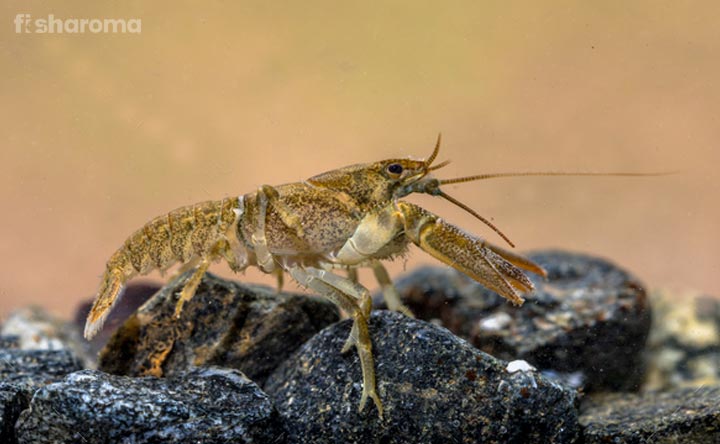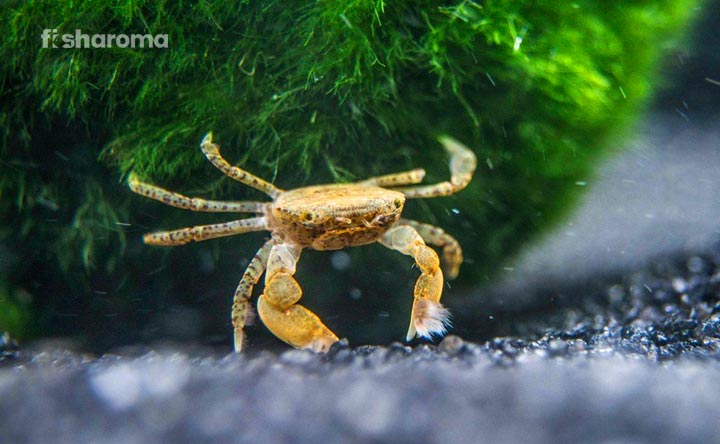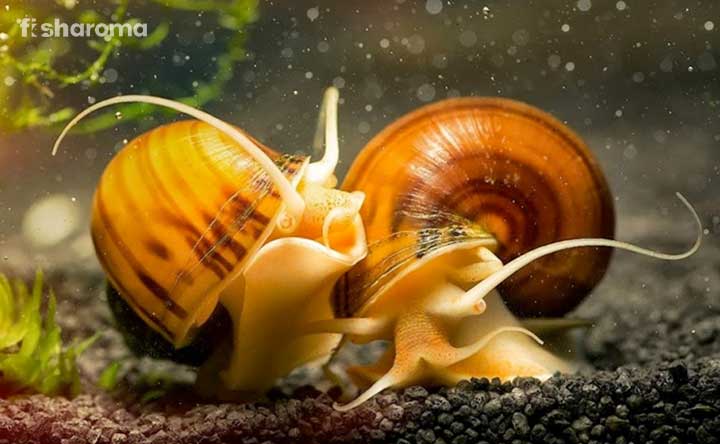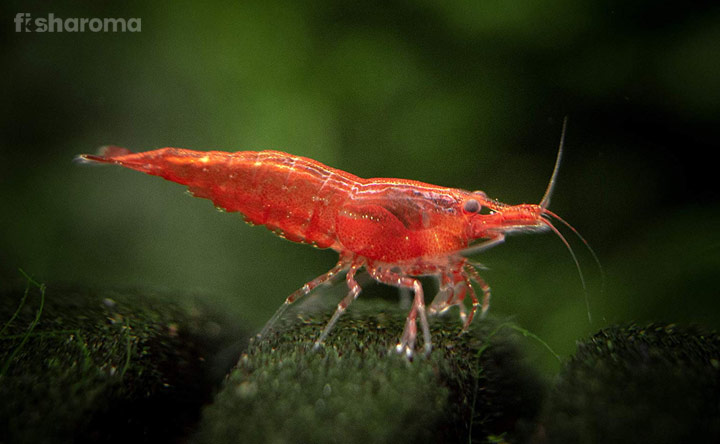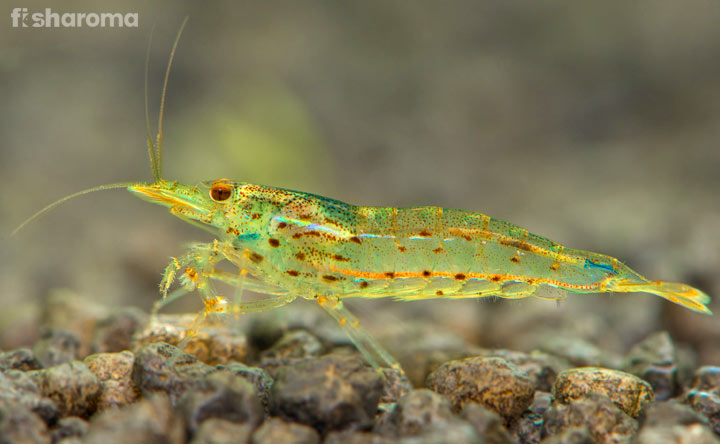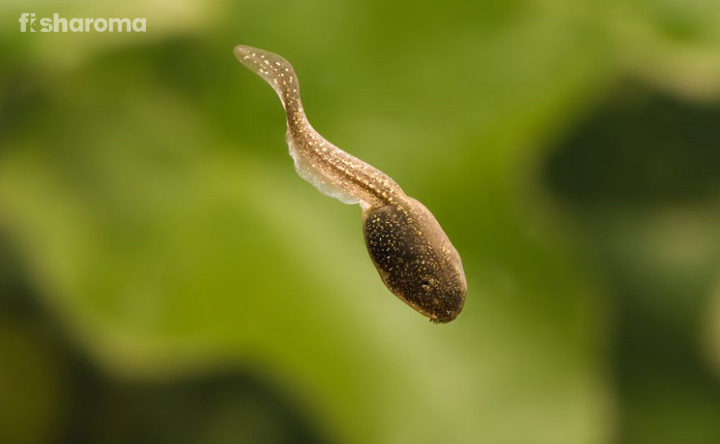Bloodworms – Everything You Need to Know About This Delicious Fish Food
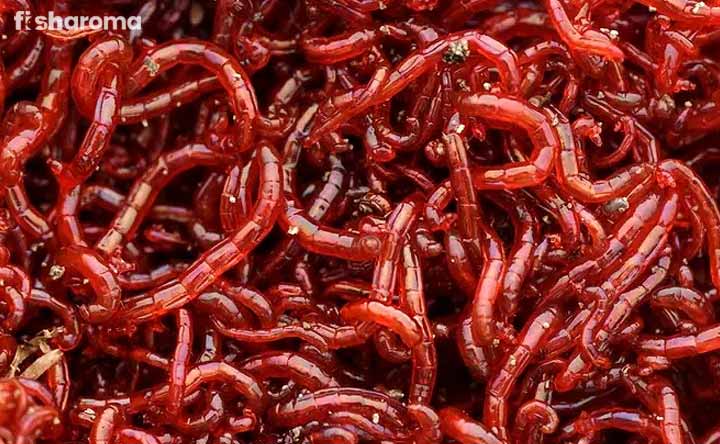
If you are in any shape or form associated with fish-keeping, then you surely would have come across the term bloodworms, in relation to fish food. One of the most sought-after fish baits, bloodworms are always in demand by aquarists.
But what exactly are bloodworms? What type of bloodworms can you feed your fish and in what quantity? Which species of fish are fit to consume bloodworms? The answers to these and much more are just a scroll away. Here is our guide of how to feed these delicious creatures to your aquarium pets.
What are Bloodworms?
Before evaluating the worth of a bloodworm as a viable food option for your fish, it is crucial to understand their background. So, let us help you get acquainted with this being.
Belonging to the class Polychaeta, bloodworms are a type of aquatic segmented worms that are usually found at the bottom of shallow waters. Mostly seen in small ponds and pools, they are used extensively across the world as fish food.
Named after their bright, red color, they are a fascinating beast. However, their red color is not because of their skin. Their body is, in fact, of pale pink color. But their pale body skin enables their red bodily fluids that comprise of hemoglobin to show through.
They have four small antennas on their head along with tiny fleshy projections, known as parapodia, running all through their bodies. Although they are extremely small, few variants of bloodworms have been seen to grow up to 14” (35 cm) long.
Carnivorous in nature, they can survive in poor oxygen levels. They are mostly seen in the sandy bottoms of the sub-tidal and intertidal regions. They feed themselves by extending a large proboscis that has four hollow jaws. Their bites are known to kill their preys and are even painful to humans because their jaws are connected to glands that supply venom. Their list of predator includes other large worms, crustaceans, gulls and bottom-dwelling fish.
The first stage of their life is a zooplanktonic stage which then develops to the benthic instar where the segmented bloody red larvae get developed. The larvae then transform from small pale opaque worms to larger red larvae that are 1-4 inches (3-10 cm) long. Under optimum conditions, the process takes around 2-3 weeks.
Bloodworms- The Ultimate Fish Food
Almost all freshwater and saltwater fish that are carnivorous or omnivorous in nature feed on bloodworms. Even the pickiest of picky eaters never refuse to eat bloodworms. Certain species of fish that refuse to eat flakes or pellets can be raised on a diet of bloodworms.
They are considered to be the ultimate fish bait because more than 99% of fish consume them. Enriched with protein and iron, they help keep your fish healthy. Their level of protein makes them an apt food for Bettas, Guppies, Mollies, Eels, Loaches, and Discus, among others.
However, it is vital not to over-feed them. Bloodworms are usually fed as supplements rather than a regular diet. This is because even though they are rich in protein and iron content, they lack other essential components such as minerals, vitamins and amino acids, which your fish needs.
You can feed bloodworms to your fish in a variety of forms. Let us now check out what are they.
Types of Bloodworm-based Fish Food
Much like most live fish food, bloodworms are also available in a variety of forms. Selection on the type of bloodworm based-fish food usually depends on availability.
Live Bloodworms
The most difficult to acquire yet the healthiest variant of bloodworm-based fish food is its live form. Due to their larvae cycle being short, which is around 10-12 days; they need to be used within 2-3 days of buying them. This means you can’t store them for a prolonged period of time.
They usually are sold in plastic containers. We strongly recommend you to rinse the worms before feeding them to your fish because they might contain dirt in their body. Also, the water that they come in might be contagious. So, washing them thoroughly yet gently is a safe idea. Also, make sure that you do not add any water in your aquarium from the container that they come in.
They can be stored in the refrigerator at home, but make sure in whatever container you are keeping them, it has a lid on it. Keep them in enough water to cover the bottom of the container.
Frequent feeding of live bloodworms will bring out the hunting instincts of your fish, which can be both advantageous and disadvantageous, based on how you look at it. This form of bloodworm also helps in conditioning your fish, especially during breeding. Conditioning is the process of ensuring that your fish has a healthy ratio of body weight and body length.
Live bloodworms are also notorious for escaping the fish tank. Therefore, it is recommended not only to use a tank lid for your aquarium but also to use a feeding cone to keep them in.
An important factor to be considered while feeding your fish live bloodworms is that despite them being more nutritious than frozen bloodworms, they come with a huge drawback. If they are not bought from a reputed place, chances of the live bloodworms carrying infection and diseases are pretty high.
Frozen Bloodworms
As evident by their name, these are the frozen version of bloodworms. Available in various forms such as thin sheets and frozen blocks, you can keep them in your home for up to six months from the date of packaging.
Frozen bloodworms also lessen the risk of transferring any parasites, infections, and diseases to your aquarium. Remember, thawing frozen bloodworms is very important before putting them to your tank. Fish are not used to eat cold food.
Therefore, feeding them frozen food without thawing can put their body into a shock. Simply put a block of frozen bloodworms on a small container that contains some of the tank water. Thaw the block of food, strain the deforested worm and drain the remaining water from the container and put the worms in the tank.
As we have stated above, make sure not to over-feed your fish. An easy way of determining whether you are over-feeding your fish or not is to notice the eating patterns of your fish. If you see a lot of food is left in your tank, then it is a clear signal that you are over-feeding your fish. Feed them that much food which they can consume within two minutes of you putting them in the tank.
After two minutes, whatever leftover food remains in the tank, remove them immediately from the tank. Else, it will settle down to the bottom of the tank and start rotting, eventually becoming debris which will put extra pressure in the filter of your tank to clear it.
You can either perform a mass feeding for which you need to add the defrosted food over the entire length of the tank and you can feed your fish directly and individually. To do the latter, you would require tongs and pipettes.
Frozen Dried Bloodworms
The next variant of bloodworm-based fish food is the dried frozen one. They usually come in tubs and are generally regarded as less nutritious than live and frozen bloodworms. However, they still provide essential nutrients to your fish. So, do not count them out completely.
It is advised to dip them in water for some time before putting them in the tank since they are extremely dry in nature. A number of brands sell dried freeze bloodworms both in pet stores and online. The Hikari frozen dried bloodworm is trusted by many aquarists as a safe option for their pet fish.
Bloodworm Gel Food
Gel-based fish food is also extremely popular among fish-keepers. Many fish refuse to eat flakes and pellets. This is not an ideal situation, especially when live foods are not easily available round the clock. And this is exactly where gel-based food comes to people’s rescue. Available in many flavors including bloodworms, they provide the much-needed nutrients and vitamins that your carnivore fish need to thrive healthily in a captive environment.
Bloodworm gel food can also be made at home by mixing bloodworms to regular gel food recipes. Although ideally, if you can find bloodworms in their live form, why would you not feed them directly and instead make gel-based food out of them? This option is only for those who really are looking for a different flavor to the regular gel-based fish food.
Petting Bloodworms
For those of you who are sensitive about getting contaminated from outside germs and parasites that bloodworms found in pet stores may carry, you can always opt for raising and petting bloodworms at home. It is odd, undoubtedly, but not something that is completely unseen.
To do this, you would need food-safe plastic containers that will become the home for your bloodworms. Put some garden soil in it and keep it in a dark place.
You can buy bloodworm eggs or you can even collect them from stagnant water like ponds, although the latter sounds risky if you don’t have the proper knowledge of identifying which eggs belong to bloodworms and which belongs to other species like mosquitos. Just try to look for gelatinous egg sacs that are attached to plants. Practice caution here! Do not get infected with the bite of some other animal.
After the eggs hatch, feed the bloodworms powdered foods and animal manure. After they mature, which doesn’t take a lot of time, catch them with a net and keep them in a separate container. They are nocturnal creatures. Therefore, netting them at night is a good idea. Do not forget to rinse them multiple times and wear gloves to avoid any kind of skin allergy or infection.
Breeding Bloodworms
Breeding bloodworm can be difficult and is not something that most aquarists would do. Nevertheless, breeding them at home minimizes the danger of parasites and diseases.
There are basically four stages of a bloodworm’s life – Egg, larva, pupa and the adult midge (fly).
Bloodworms needed to breed at a place where they can mature into flies, and even then, there runs the risk of the flies flying away somewhere else to lay their eggs. However, even if they fly away, they can be found in a nearby pond, from where you can collect the eggs. It is also difficult to initiate swarming and mating of the midgets, which adds another layer of difficulty in breeding bloodworms.
Precautions
Bloodworms are known to bite, which causes a similar allergic and painful reaction as that of a bee sting. It is therefore advised to wear gloves while handling them.
Interesting Facts about Bloodworms
- The population of bloodworms has decreased dramatically over the years. In the mid-1990s, an average tide would yield around 4,000 worms whereas now, an average tide yields about 550 worms only.
- Contrary to popular belief, bloodworms are bad swimmers.
- Bloodworms can use their intestines to breathe.
Summary
To sum it up, bloodworms are one of the most nutritious foods that you can feed your fish. However, an overfeeding of the same can lead to constipation. So, practice caution against it. Along with your regular fish food, try to give a treat to your fish with a dosage of bloodworms every now and then.
Similar Food for Your Fish
Here are some other alternative food options for your fish other than bloodworms.
- Brine Shrimp: Belonging to the Artemiidae family, Brine Shrimps are rich in amino acids, lipids, and vitamins and are pretty easy to pet in a captive environment.
- Ghost Shrimp: Ghost Shrimps are freshwater creatures that not only provide essential nutrients to your fish but also help keep the aquarium clean by cleaning off and eating algae.
- Amano Shrimp: An apt choice for beginners, not only do they serve as a dietary option for many aquatic species, but their algae-eating skill comes at your aid as well.

